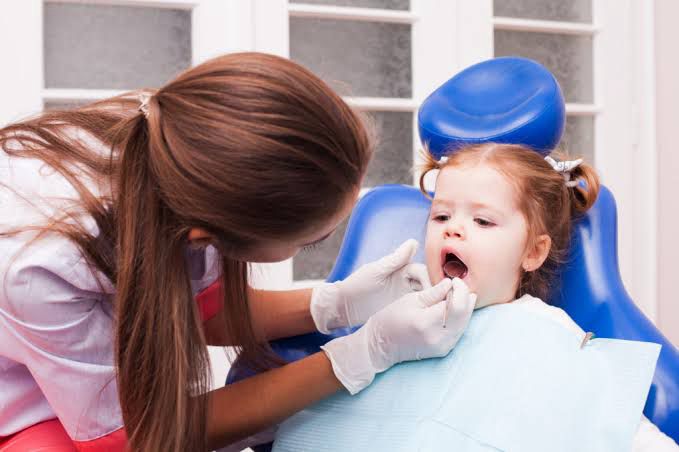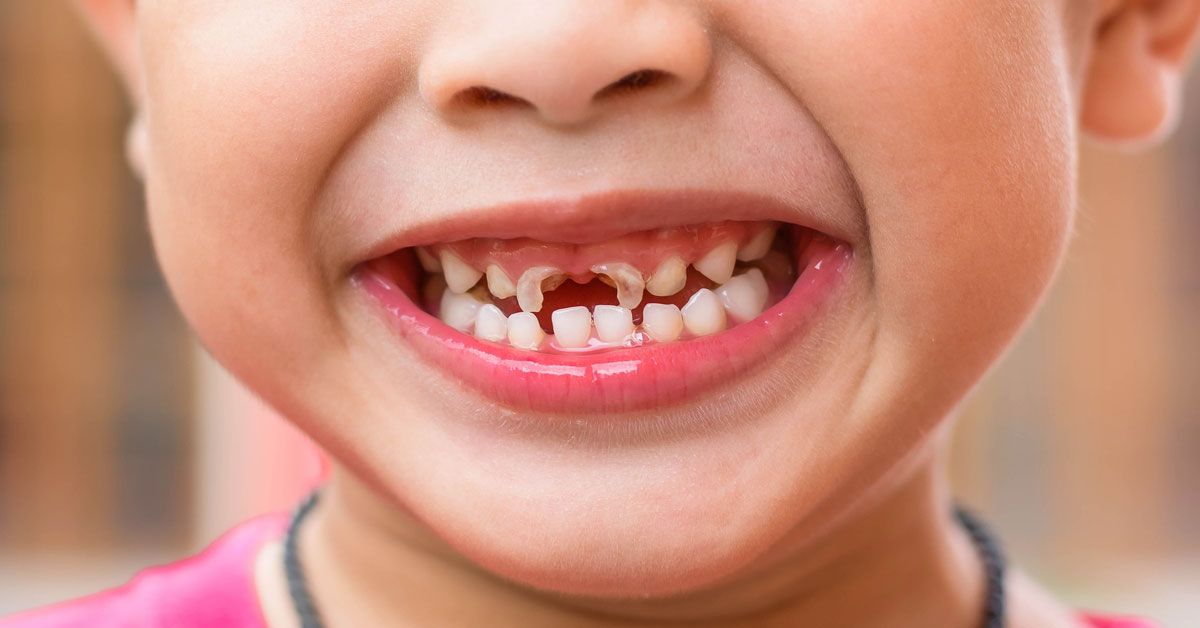Children are naturally active and lively, which increases their chances of experiencing dental trauma unexpectedly. Whether it's a fall while playing, an injury during sports, or an accidental bump at home, such incidents can cause chipped, knocked-out, or misaligned teeth. While these situations can be alarming for both parents and kids, knowing how to respond quickly and correctly can make a significant difference in saving the tooth and ensuring a smooth, successful recovery. Being prepared for these moments can turn a dental emergency into a manageable, even recoverable, situation.
Understanding the Causes of Dental Trauma in Children
Children are naturally adventurous and energetic, which increases their risk of dental injuries. Common causes include falls from climbing furniture or playgrounds, contact sports like football or hockey, and everyday accidents like bumping into doorways or bicycles. I remember a young boy named Rahul who fell while riding his bicycle and chipped his front tooth. His quick action to come in immediately for treatment helped prevent permanent damage.
The Importance of Immediate Action
Time is of the essence when it comes to dental trauma. Prompt response can mean the difference between saving a tooth or losing it permanently. The initial moments after injury are critical—they can drastically influence the outcome of the treatment and the child's long-term oral health. That’s why I always advise parents to stay calm and act quickly.
Key Response Tips for Dental Emergencies
Stay Calm and Assess the Injury: First, take a deep breath. Check how severe the injury is—are there visible cracks, a displaced tooth, or bleeding? Comfort your child and reassure them that help is on the way.
Control Bleeding: Use a clean cloth or gauze to gently apply pressure to the bleeding area. Maintaining pressure helps control bleeding and reduces swelling. Remember, avoid pressing too hard, especially on injured teeth or gums.
Save the Knocked-Out Tooth: If a tooth has completely fallen out, carefully pick it up by the crown (the part you see in the mouth). Rinse it gently with milk or saline solution—never scrub or scrub with soap. Keep the tooth moist by placing it in milk, saline, or even saliva if no other options are available. The goal is to preserve the root’s vitality until professional help is obtained.
Seek Immediate Dental Help: As soon as possible, bring your child to the dentist. Prompt professional care greatly increases the chances of saving the tooth and minimizing damage. In the meantime, keep the child calm and ensure they stay comfortable.
Treatment Modalities for Traumatic Dental Injuries
Once at the dental clinic, we evaluate the injury thoroughly. Depending on the extent and type of trauma, several treatment options are available:
Reimplantation of Knocked-Out Teeth: If the tooth is viable and the emergency is timely, we can reimplant the tooth with a specialized splint to stabilize it. Success rates are high when this is done within the first hour.
Bonding, Crowns, or Splinting for Fractured Teeth: For chipped or fractured teeth, we use tooth-colored bonding materials or crowns to restore the tooth’s natural shape and function. If the tooth has multiple fractures, splinting may be necessary to stabilize it.
Root Canal Treatment: If the pulp (the nerve) is exposed or damaged, a root canal may be needed to remove infected tissue and save the tooth. This helps prevent infection and prolongs the life of the damaged tooth.
Post-Trauma Care and Follow-up: Monitoring the injury over time is essential. We look for signs of infection, root resorption, or other complications, providing further treatment as needed.
Prevention is Always Better
While accidents can’t always be avoided, certain precautions significantly reduce the risk of dental trauma. I always recommend children wear custom-fitted mouthguards during sports activities—this simple device can absorb impact and greatly reduce injury risk.
Home safety also matters—keeping floors clear of sharp objects, installing corner protectors on furniture, and supervising children at play are all vital steps. Parental vigilance during activities and playtime can help prevent many injuries before they happen.
The Power of Early Response
No parent wants to see their child hurt, but knowing what to do in those crucial moments can save a tooth and reduce trauma's long-term effects. Early intervention often leads to better outcomes, preserving the natural teeth and avoiding complex procedures later.
As parents, staying informed and prepared is key. Keep emergency dental contact details handy, and educate yourself on basic first aid for dental injuries. Your quick action can make all the difference—turning a potentially devastating situation into a story of successful recovery.
Children are resilient, and with the right response, so are their smiles. I am always here to guide you and your little ones through these unexpected moments, ensuring their dental health remains strong and bright.



Add a Comment